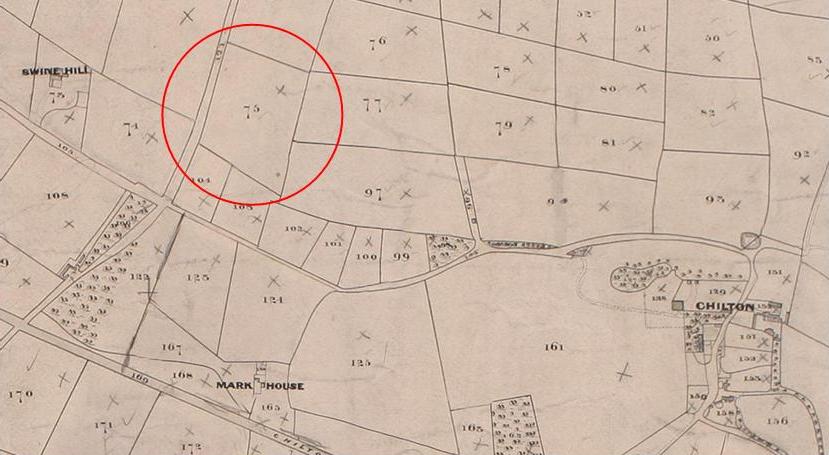Breeders, Bankers and Bankrupts
(continued)
How Mason's portion of the manor came into his possession is quickly told.
Great Chilton was the estate of the ancient Herons, and afterwards the Boweses of Dalden, the Blakistons, and the Halls of Newsham. The latter conveyed a moiety of the manor to John Jeffrayson and John Morland, Esqrs., who immediately conveyed to John Lord Bishop of Durham. The bishop settled the estate on his daughter, Dame Mary Gerard;* and it afterwards passed to the Greenwells and the Dunns. The other moiety was sold by the Blakistons to the Wildes, who conveyed to the Milbankes; and, in 1798, Edward Milbanke, Esq., conveyed to Christopher Mason, Esq., … and the Rev. Robert Waugh. The portion of the latter was sold by him to Sir H[enry] V[ane] Tempest.3
* He subjected it to the following charges:- To the Master and Fellows of Peter House, Cambridge, £58 per ann.; to the Master and Fellows of Caius and Gonville College, £28 per ann.; to the poore and impotent sicke in the hospital on the Pallace-green, in Durham, £70 per ann.; and to the keeper of the bishop's library on the Pallace-green, twenty marks, or £13 3s. 8d. per ann.
In his 1857 work Fordyce records a further charitable bequest of £3 15s by the Rev. Mr Simons in 1739, this time for the poor of Chilton itself. However, at this date the endowment was entangled with Mason's estate.
William Whellan reports in his 1894 Directory that '[t]his charity seems to have been lost sight of', and also makes note of another charity that had become involved with Mason's estate.
Clearly the fallout from Mason's debts lingered for many years after his death, touching the most poor of his neighbourhood.

The summary of the landowners, confirmed by the Tithe Commissioners on 24 Apr 1839, for Chilton shows that the Trustees of Christopher Mason held two estates, one of 269 acres 2 roods and 13 perches and the second of 418 acres 3 roods and 16 perches.
To understand how Christopher Mason made and lost a fortune by the middle of the nineteenth century, it is necessary to go back to the agricultural revolution of the eighteenth century and examine its impact on farming practices of Durham and Northumberland.
During the second half of the eighteenth century changes occurred to farming practices, Townsend introduced turnips to crop rotation in East Anglia, the use of root crops replaced fallow in the traditional medieval three field rotation, and, together with clovers and grasses became the Norfolk four-course rotation; with half of production being grain for human consumption and the rest for animal feed. The landed gentry became seriously interested in livestock production and in an extension of the breeding of thoroughbred racehorses came the breeding of livestock. The Duke of Bedford was noted for his pig breeding; Thomas Coke, MP for Norfolk, bred Southdown sheep; but the most notable and influential was to be Robert Bakewell (1725-1795) of Dishley Grange in Leicestershire.
Sir John E. Russell paid a tribute to Robert Bakewell in 1941:
Notes
| 3 | Mackenzie and Ross View of the County Palatine of Durham, vol. 2, 1834, pp311-312. |
| 4 | Fordyce The History and Antiquities of the County Palatine of Durham, vol. I, 1857, p442. |
| 5 | Whellan The County of Durham, 1894, p282. |
| 6 | Sir E. John Russell English Farming, 1941, pp18-19. |
 |
Previous page | Next page |  |

